When it comes to choosing indoor plants that not only beautify your space but also purify the air and bring a calming, tropical vibe, both the Areca Palm and Bamboo Palm are top contenders. These two popular indoor palms are often compared for their elegance, low-maintenance nature, and benefits. But which one should you choose for your home or office? In this article, we’ll break down the key differences between Areca Palm and Bamboo Palm in terms of appearance, care, air-purifying abilities, and suitability for different environments to help you make an informed decision.
What Is an Areca Palm?
The Areca Palm, also known as Dypsis lutescens or Butterfly Palm, is native to Madagascar. It is a clumping palm with smooth, yellow-green stems that resemble bamboo, though it is not related to bamboo. The fronds are feathery and arch gracefully, making it a favourite for interior designers. The Areca Palm can grow up to 6 to 8 feet indoors and brings a tropical flair to any space.
Also Read- Can Areca Palm Survive The UAE Summer Heat? Expert Tips Inside
What Is a Bamboo Palm?

The Bamboo Palm, or Chamaedorea seifrizii, is native to Mexico and Central America. It has a more upright growth pattern with thinner stems that look like bamboo canes, hence the name. The leaves are deep green, slightly broader, and more spaced out than those of the Areca Palm. This palm typically reaches about 4 to 6 feet in height indoors, making it ideal for smaller spaces or corners.
Also Read-
The Role of Filtered Water and Natural Additives in Lucky Bamboo Health
Appearance and Aesthetics
Areca Palms have a bushier, denser look, with multiple fronds growing from the base. Their feathery leaves and bright green color add vibrancy to a room. The yellow stems add a subtle warmth and brightness, making them an attractive centerpiece in modern and boho-inspired interiors.
Bamboo Palms, on the other hand, have a more structured, upright appearance. Their stems grow in a straight line like a cluster of bamboo sticks, giving them a minimalist, elegant look. The foliage is darker and less full than Areca, which can be an advantage if you prefer a cleaner, more open aesthetic.
If you prefer a lush, tropical jungle look, the Areca Palm is the better choice. If you're going for a neater, structured design, the Bamboo Palm will likely fit your style better.
Also Read- Areca Palm and Dubai’s Humidity: A Guide to Balanced Indoor Air Quality
Light Requirements
Areca Palms prefer bright, indirect light and thrive in sunny rooms with filtered light. They do not do well in low light and may become leggy or lose their vibrant color if placed in dim conditions. Direct sunlight can scorch the leaves, so placement near a sheer curtain is ideal.
Bamboo Palms are more tolerant of lower light conditions. They can thrive in low to moderate light, making them a great option for offices, bedrooms, or apartments where natural light is limited. However, they still benefit from occasional exposure to bright light.
If your space is well-lit, Areca Palm is ideal. For low-light environments, the Bamboo Palm is more suitable.
Watering and Maintenance
Areca Palms require consistent watering to keep the soil lightly moist, but they do not like soggy roots. Overwatering can lead to root rot, while underwatering may cause the fronds to yellow or brown at the tips. They also enjoy higher humidity, especially during dry months or in air-conditioned rooms.
Bamboo Palms are a bit more forgiving. They prefer slightly moist soil but can tolerate occasional drying out. They’re generally less demanding when it comes to humidity and can handle average indoor conditions better.
If you want a palm that’s more low-maintenance, Bamboo Palm may be your better bet.
Air Purification and Health Benefits
Both Areca and Bamboo Palms are known for their air-purifying qualities. In fact, NASA’s Clean Air Study listed both as excellent options for removing toxins like formaldehyde, benzene, and carbon monoxide from the air. They can also improve humidity levels, which helps with respiratory issues and skin dryness.
Areca Palms are especially known for being natural humidifiers, releasing significant amounts of moisture into the air. This makes them ideal for homes in dry climates or during winter months.
Bamboo Palms are also effective air purifiers but release slightly less humidity. Still, they offer significant benefits for those looking to create a healthier indoor environment.
If humidity is a concern in your home, the Areca Palm has a slight edge.
Pet Safety
Both Areca and Bamboo Palms are non-toxic to cats and dogs, according to the ASPCA. This makes them safe choices for pet-friendly homes. However, it's still a good idea to place them out of reach of curious pets who might chew on the leaves.
Growth Rate and Size
Areca Palms grow faster than Bamboo Palms and can reach a larger size indoors. With proper care, they may need to be repotted every 2–3 years to accommodate their growth.
Bamboo Palms grow more slowly and are easier to manage in smaller containers. Their limited size makes them perfect for compact spaces.
If you're looking for a fast-growing, fuller plant, Areca is the one. If you want something more compact and slow-growing, go for Bamboo Palm.
Cost and Availability
Areca Palms are widely available and relatively affordable, especially in tropical and subtropical regions. They’re often sold in multiple sizes, making them accessible for various budgets.
Bamboo Palms can be slightly more expensive and harder to find, particularly in smaller garden centers. However, their durability and low-maintenance needs can make them a worthwhile investment.
Final Verdict: Which One Should You Choose?
Choose the Areca Palm if:
- You have a bright space with indirect sunlight.
- You want a larger, bushier plant.
- You prefer a plant that also functions as a natural humidifier.
- You are willing to maintain a regular watering and misting routine.
Choose the Bamboo Palm if:
- You have low to moderate light in your space.
- You prefer a more compact and upright plant.
- You want something low-maintenance.
- You like a minimalist look for your interiors.
Ultimately, both Areca and Bamboo Palms are excellent indoor plants that bring beauty and health benefits to your home. Your final choice will depend on your aesthetic preferences, light availability, and how much care you’re willing to provide.
Whether you’re designing a green corner or simply want a plant that improves your indoor air quality, either of these palms can be a perfect fit.


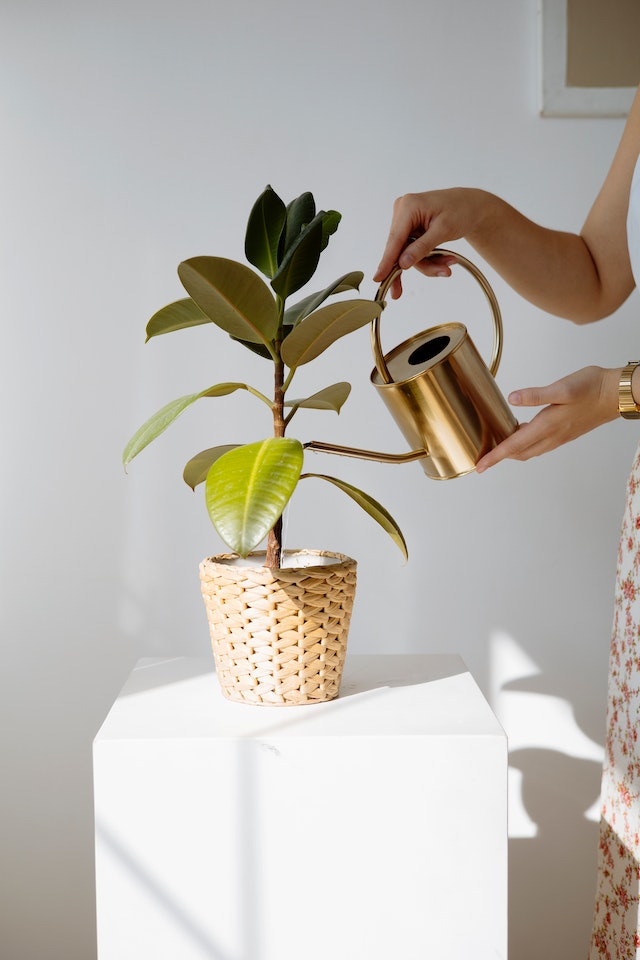




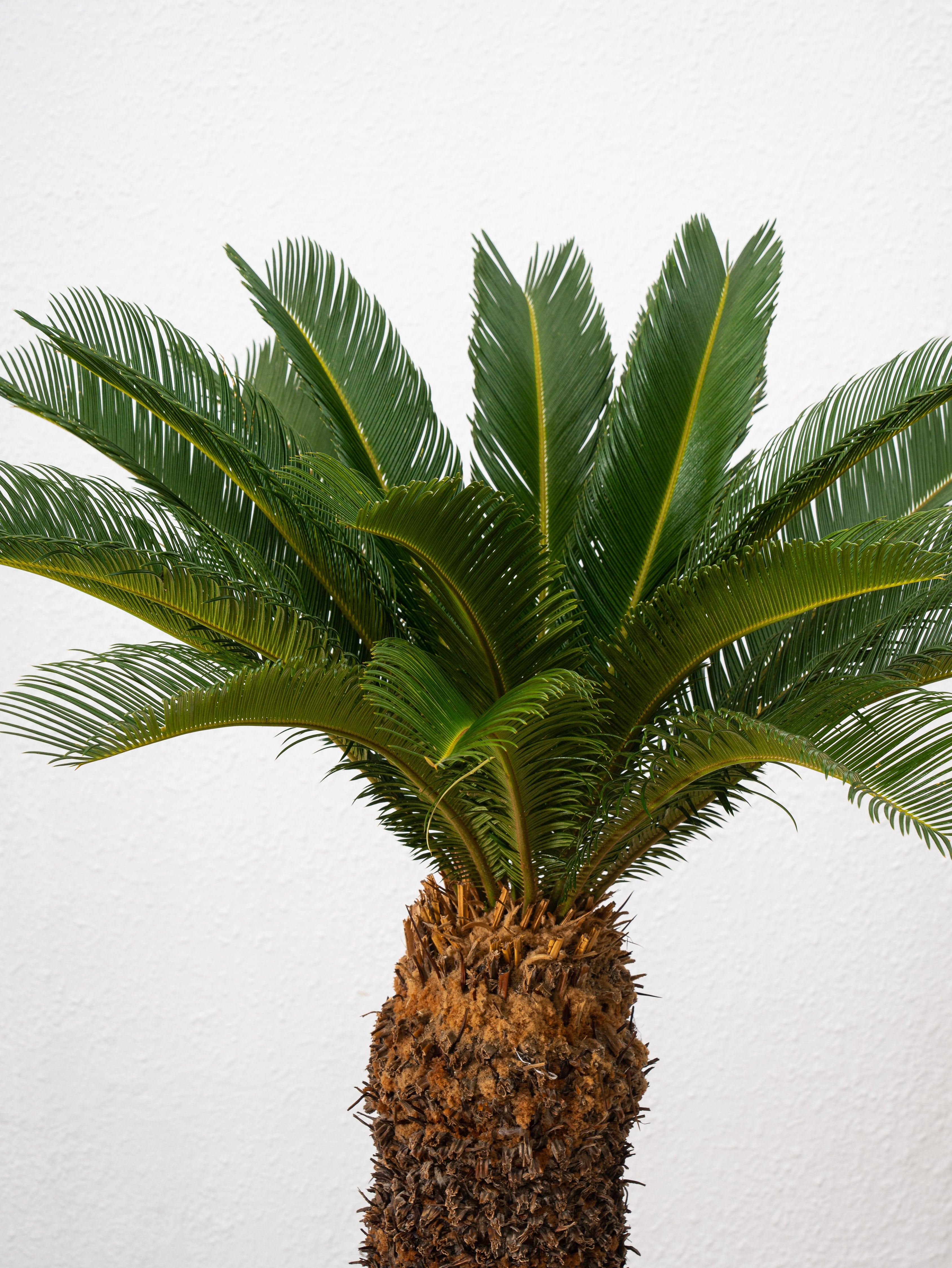
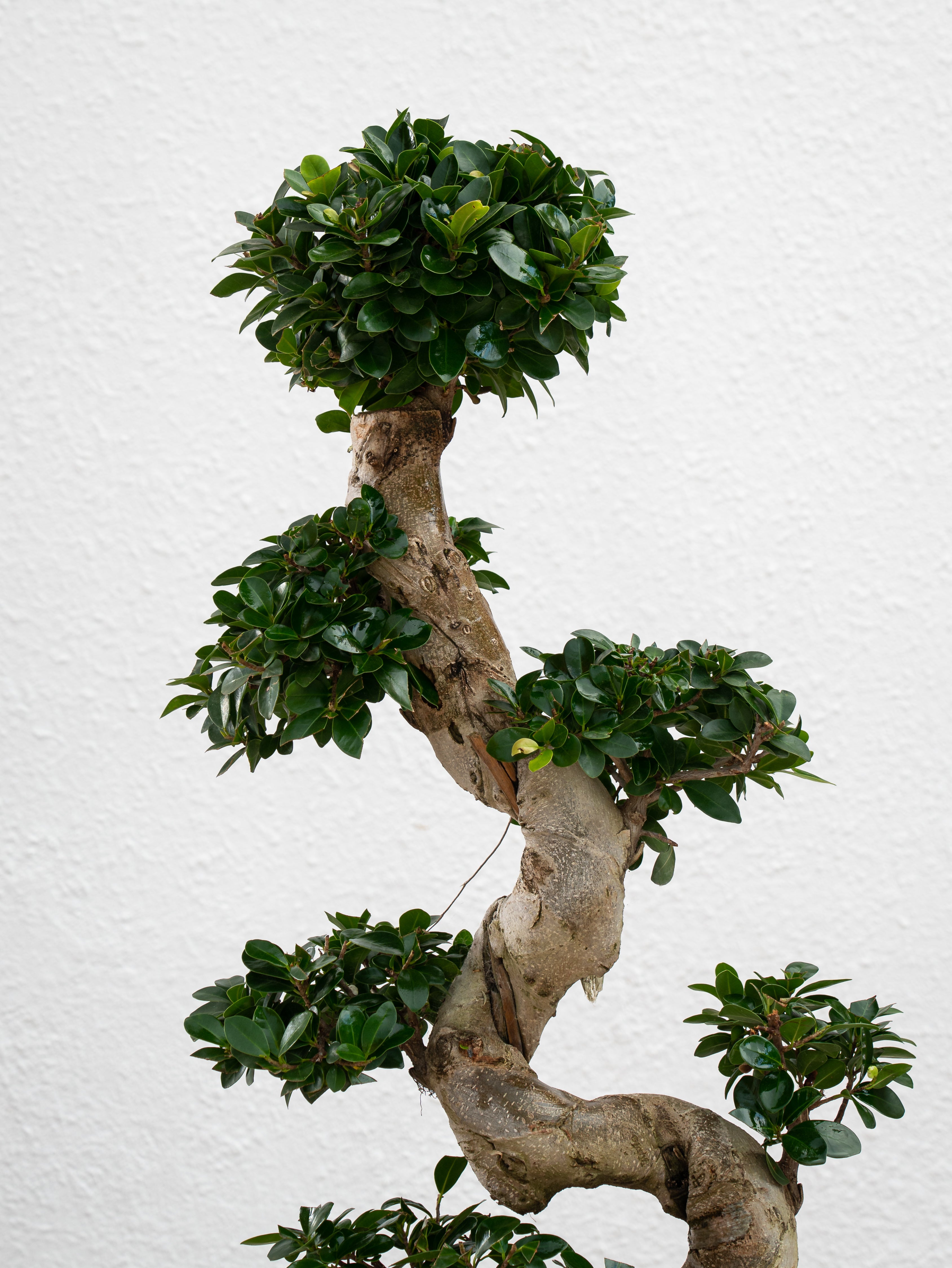
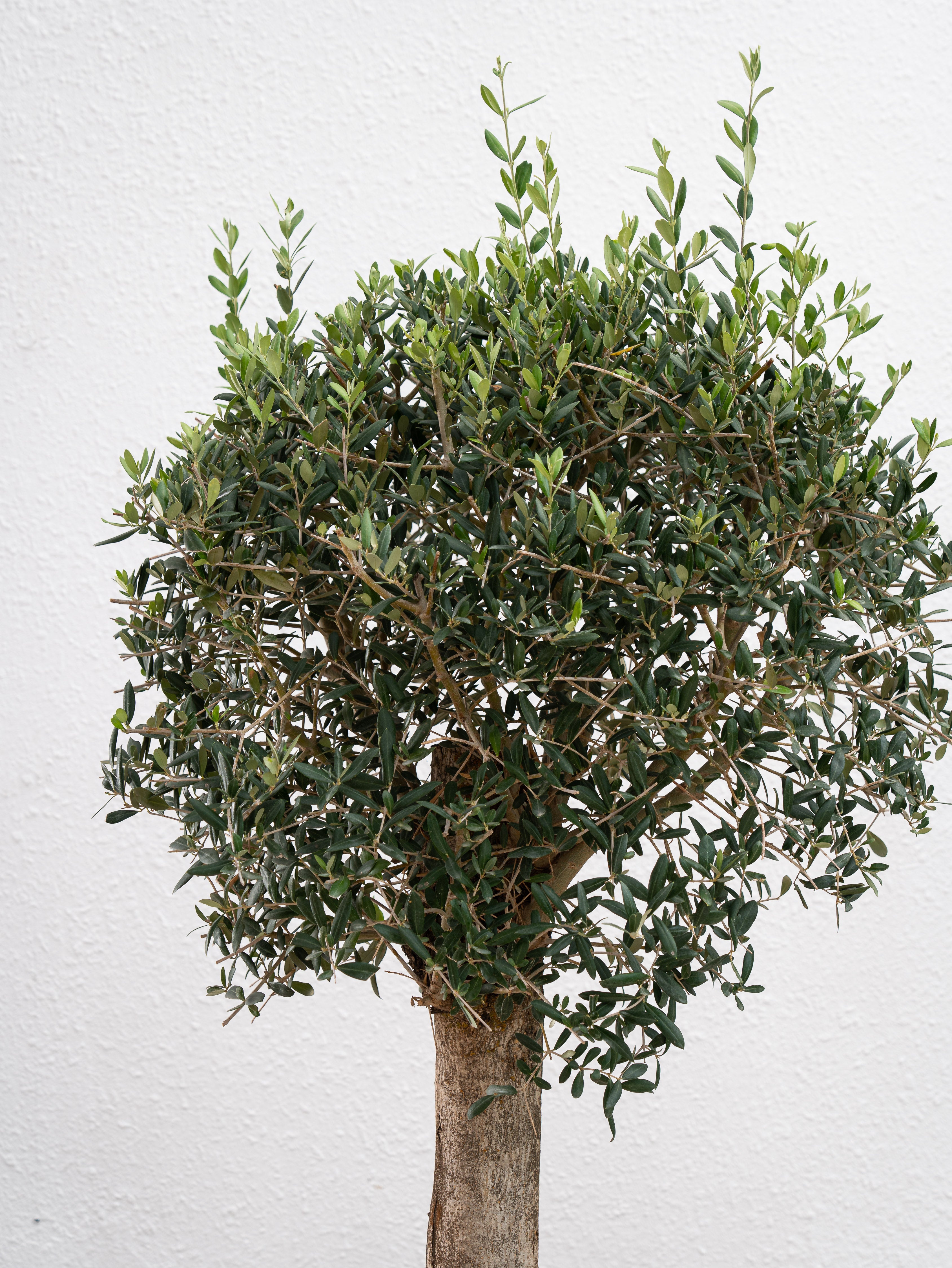
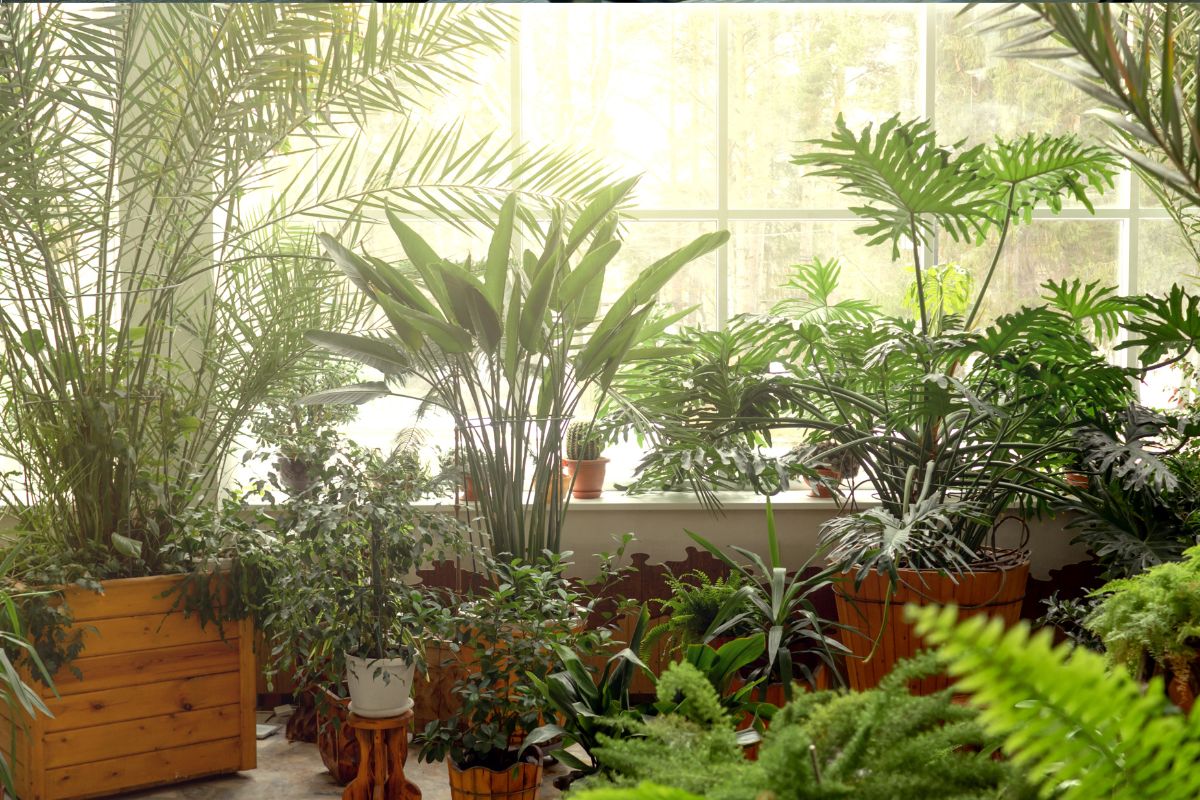

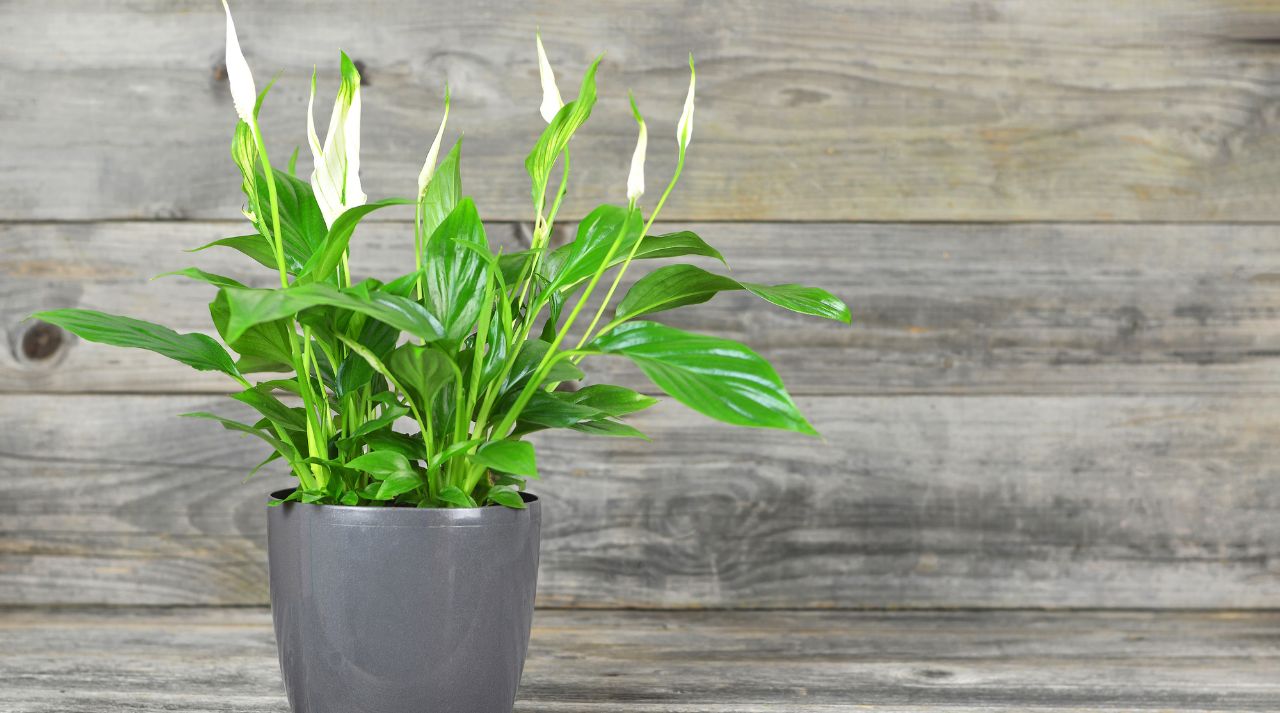
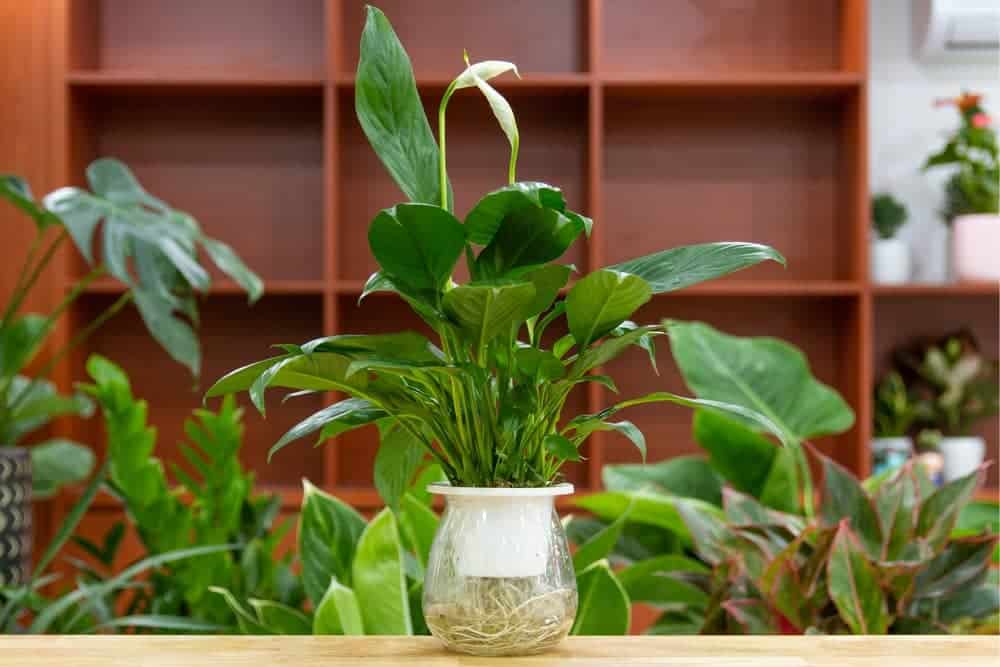
Leave a comment
This site is protected by hCaptcha and the hCaptcha Privacy Policy and Terms of Service apply.